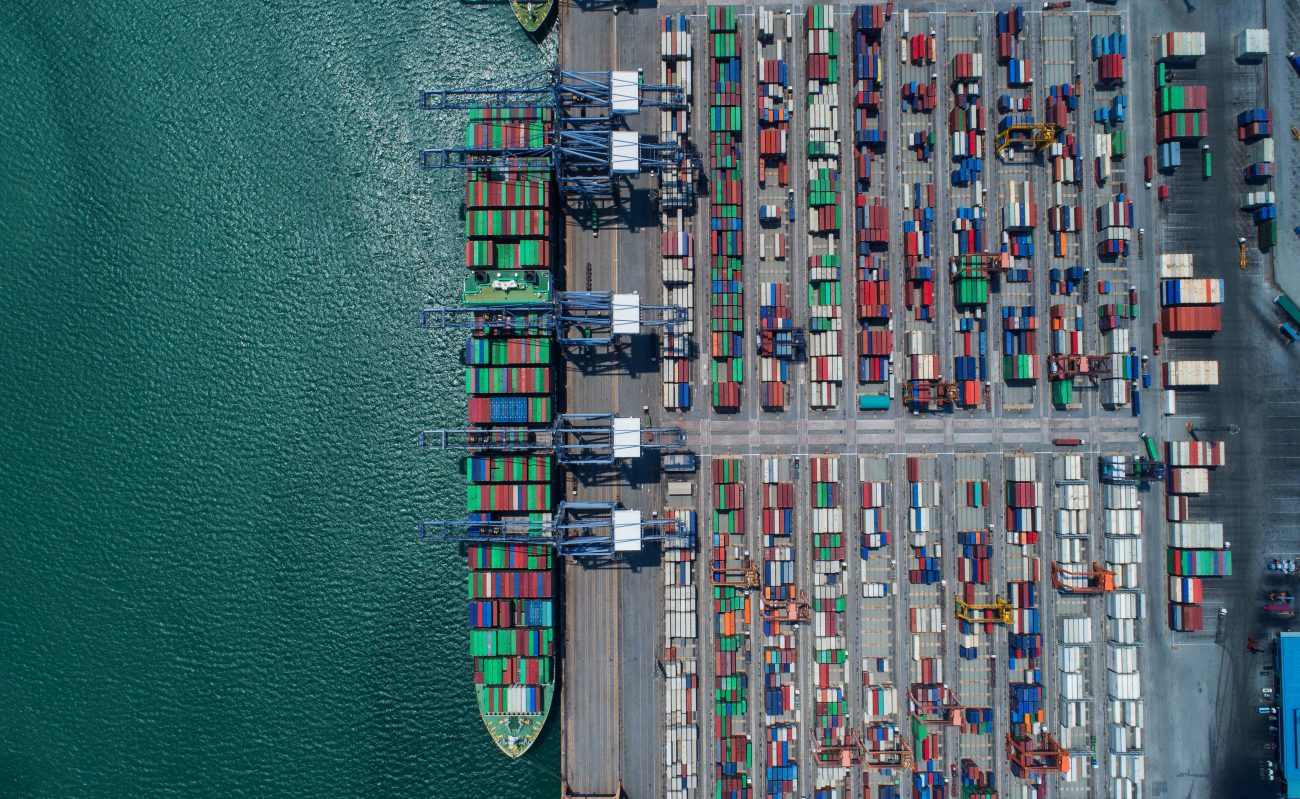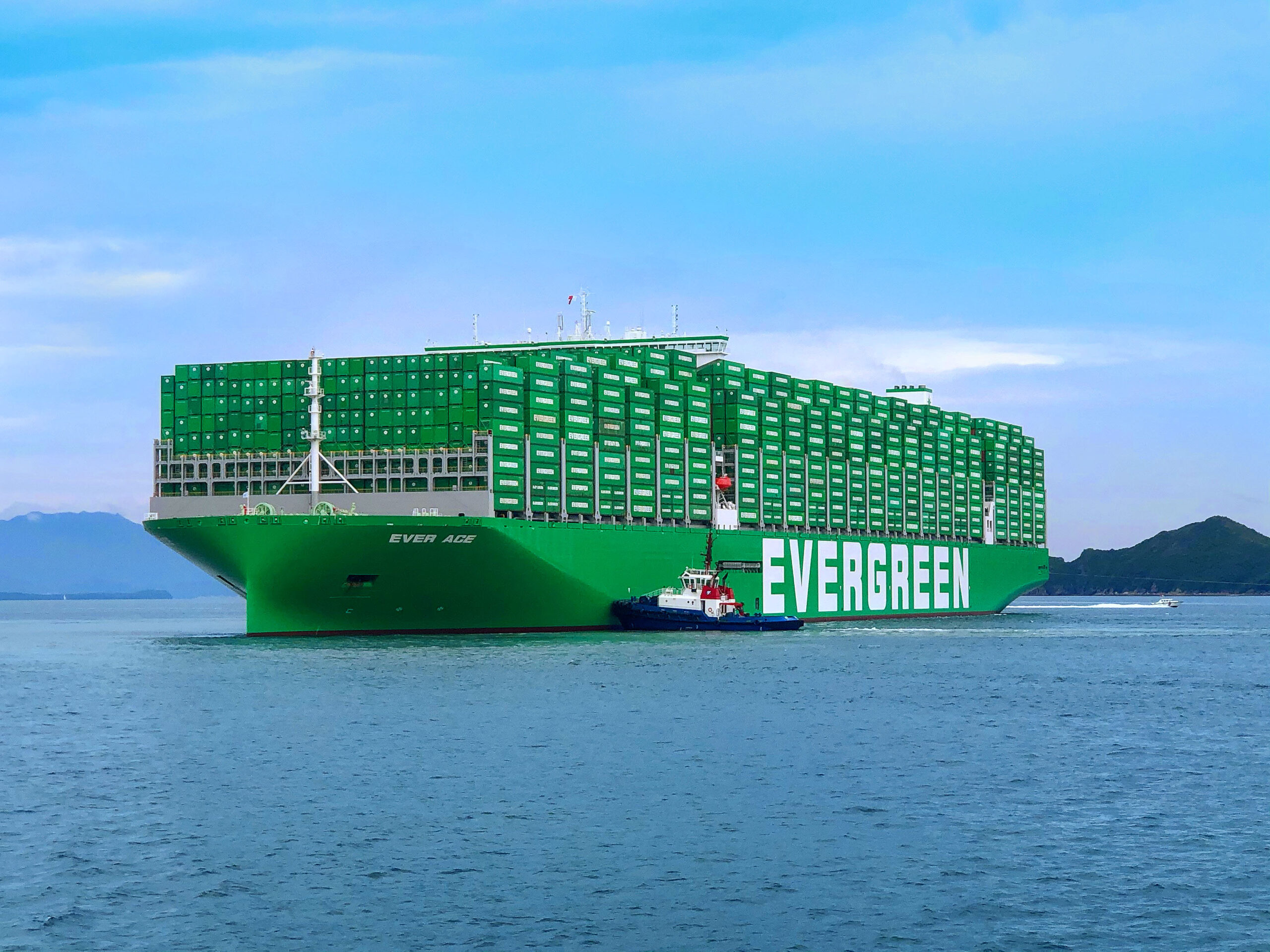1. Supply & Demand in the container shipping industry
We have experienced a tough market situation during some years when carriers are investing in building larger container vessels and the development has moved towards more cooperation and alliances between carriers for their own survival. Today there is a stronger demand and a tightened availability of tonnage, which is putting the brakes on vessel scrapping. The cargo volumes are increasing with 4 – 4,5 % compared to the container fleet growing by 3,9% per year. Therefore we now face a positive trend towards a more balanced market between supply and demand in the container segment.
We face a positive evolvement when looking at idle vessels. In the beginning of 2018 the global idle container fleet had 65 vessels anchored, a total capacity of 191 000 TEUs compared to 330 vessels of a total capacity of 1,36 million TEUs in 2015.
2. Port utilisation
The vessels are getting bigger and today the biggest are plus 20 000 TEU carriers. It puts bigger pressure on the ports and terminal operators. In some ports it results in conflicts and congestions and raises several operational questions. Far from all ports are made for the giant ships, they don’t have the right construction for the vessels to enter the port, at the same time they don’t have enough of capacity to handle the cargo in an efficient way.
My opinion is that in the future, the carriers need to call a wider spread of ports in order to make the cargo flow smoother and to avoid congestions. There is also a risk with only a few big ports controlling the logistics flows. Single terminal operators that might only find interest in signing up with one or two alliances lead to no diversity in the industry and it does not benefit the customers, carriers or an open market competition.
3. New merging markets
The future still shows a potential for growth in the container industry. China will continue to be an important market, but we also see that growth comes from other regions with increased demand for containerized goods. For example Nigeria; today they have a population of 174 million people, and in 2050 they are expected to be 440 million people. Just imagine what great demands they will have for the world trade!
4. Growth of containerisation
Another trend is that industries are adapting their cargo to the container shipping method – containerisation. For example, the paper industry has adapted their cargo to the container shipping method by adjusting the size of paper rolls to fit the containers. Today in Sweden 1,5 million TEUs with commodities of all kinds are shipped for both import and export, and there is a further potential to containerize additional 1 million TEUs with more commodities such as paper and timber. By using a container, a door to door concept can be more efficient. The cargo can be transported directly from the mill to the consignee, or even directly to the consumer, to make it more efficient and to reduce the risk of damages.
Increased commodities, malt, peat moss, fertilizers and timber
Generally, there is a world trade growth and some even predict that in the next decade 90 percent of the general global cargo will be shipped in containers. Commodities such as malt, peat moss, fertilizers, timber, scrap and waste products are now containerized to a greater extent.
5. Focus on sustainability and environment in the shipping industry
There is an ongoing trend in the shipping industry to focus on sustainability and environmental issues that affect the industry and our society. The industry is investing in technology in order to lower the impact on the environment and shipping is the greenest method of transportation today. Carriers have to follow new regulations and adjust their ships accordingly. This affects the costs for carriers, while at the same time all parties of the logistics chain are keen to work with companies that offer sustainable transport solutions and good working conditions.
6. The battle of customers and new technology
We are in the cradle of a technical revolution where everyone in the entire logistics chain – from producer to consignee – invests in, and develops, new systems to achieve higher efficiency. Blockchain technology is advancing and will introduce new opportunities for innovation even in the shipping industry. The battle for customers will be determined by technology in the end. I believe that there is a need for one common platform and more transparency within the whole logistics chain, from producer to consignee, with ambition to develop processes and to share common IT-technology.
The future of the container shipping industry
I am excited to continue to follow the global trends that influence the industry and to find the best solutions for our customers in the future.
Hopefully, my blog post gave you some new insights in the global container shipping industry. What challenges and possibilities do you think the future holds? Please, share your thoughts in the comments below!
/Fredrik Hermansson, Greencarrier Liner Agency





